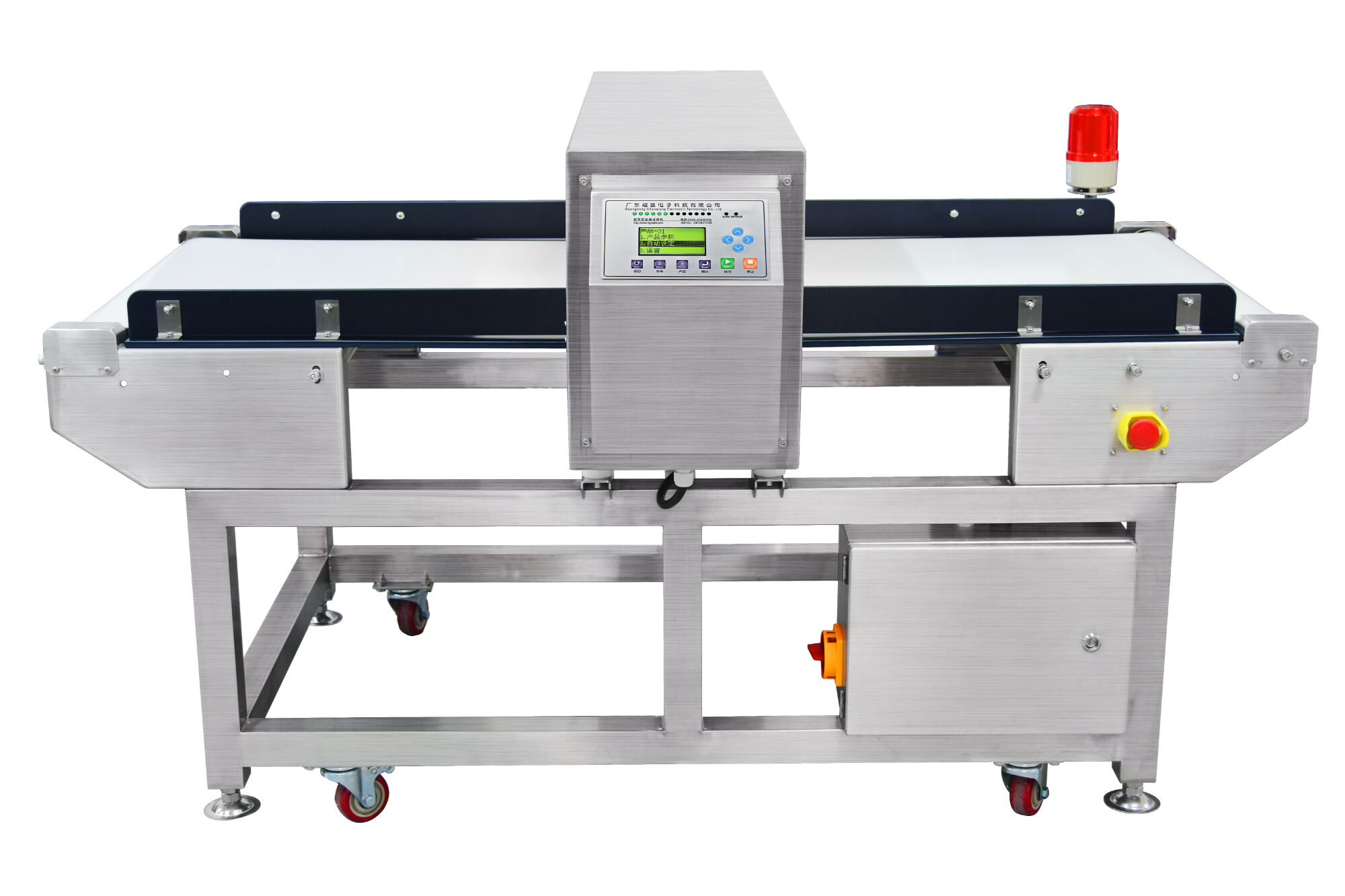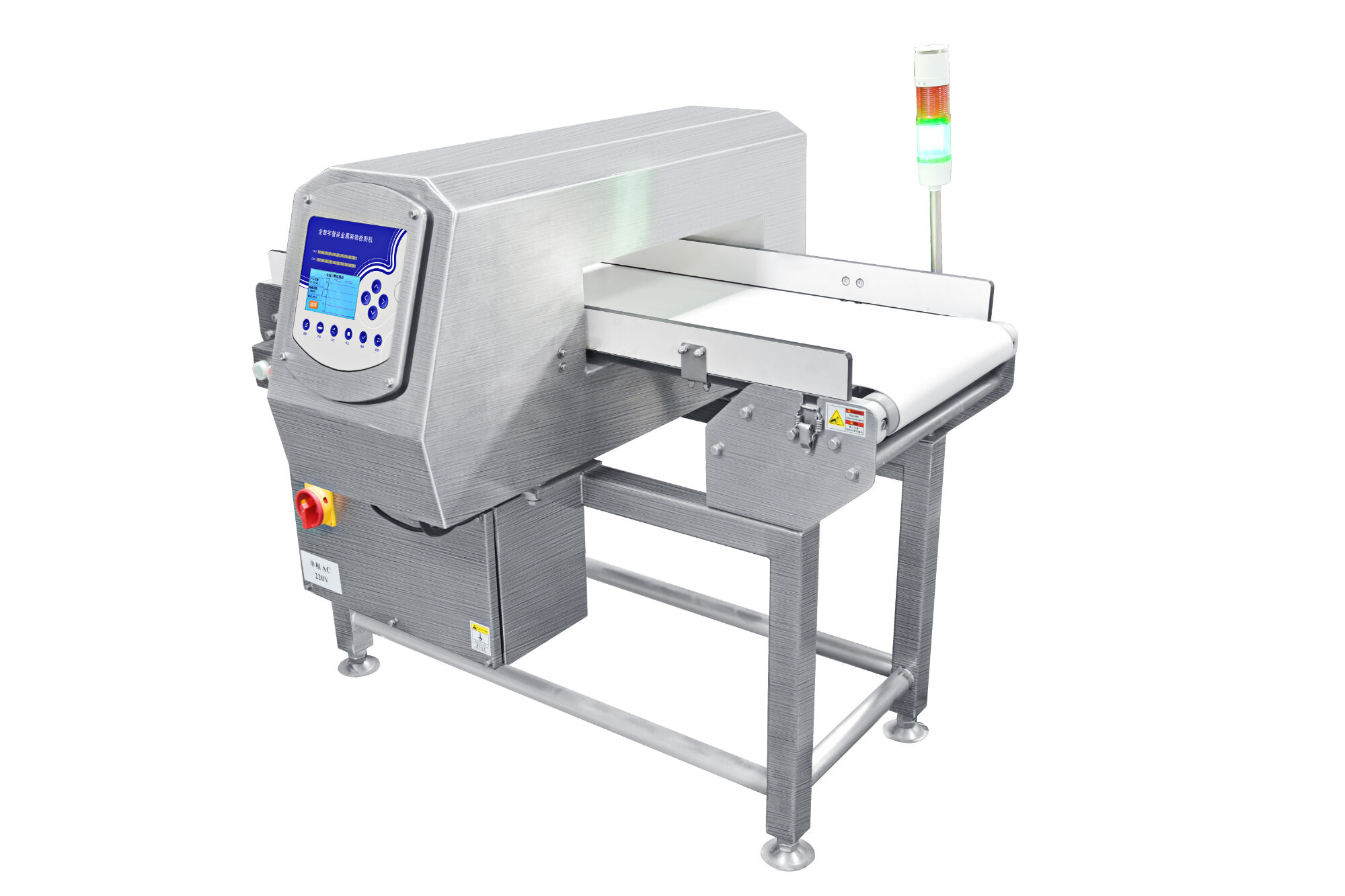In food processing facilities, certain equipment types are notorious for wear, potentially leading to metal fragments contaminating food. Mixers, slicers, and packaging machines often experience significant wear due to continuous use, generating metal fragments through friction and corrosion processes. These mechanisms can cause gradual degradation, resulting in microscopic or visible metal pieces entering the food stream. According to industry research, such equipment failures are a common source of metal contamination. A study published in the Journal of Food Protection highlighted that around 70% of food-related metal contamination incidents stem from equipment wear and tear, emphasizing its prevalence within the food industry.
Raw materials used in food production frequently harbor metal contaminants, posing significant safety risks. Seeds, grains, and additives used in food processing may contain metals introduced through the agricultural or handling phases. Implementing rigorous supplier audits and quality control measures is crucial to prevent this type of contamination at the source. These steps ensure that raw materials meet safety standards before entering the production line. According to a food safety inspection report, nearly 30% of contamination cases originate from raw materials, underscoring the importance of stringent checks and preventative measures to safeguard food quality and maintain consumer trust.
Environmental factors play a significant role in the contamination risks faced by food production facilities. External conditions, such as nearby construction work and inadequate facility maintenance, can introduce metal contaminants into the environment. Without proper oversight, these metal particulates can infiltrate production processes, further complicating contamination control. Transportation and storage also contribute to contamination risks, with metal trace elements sometimes leaching into food products during these phases. Cases documented by environmental health reports illustrate instances where poor facility upkeep and external construction activities led to contamination in food processing areas, highlighting the critical need for well-maintained production environments to minimize contamination risks effectively.
Consuming food contaminated with metals can pose significant health risks ranging from acute poisoning to long-term health complications. Metals such as lead and cadmium have been associated with severe neurological and developmental disorders, especially in vulnerable populations like children and pregnant women. According to studies, chronic exposure to these metals can lead to various health issues, including cognitive impairments and organ damage. The World Health Organization highlights that even low levels of lead can negatively affect brain development in children, resulting in learning disabilities and reduced IQ. Therefore, the threat to consumer health necessitates stringent safety measures in the food industry.
Food manufacturers face stringent regulatory standards to control metal contamination, set forth by agencies like the FDA and international bodies. These guidelines dictate permissible limits for metal content in food to safeguard public health. However, compliance presents several challenges, including the need for constant monitoring and updating of practices to meet evolving standards. Non-compliance can lead to severe consequences such as product recalls and legal penalties, damaging public trust and brand reputation. Recent statistics indicate that a significant number of food recalls are attributed to metal contamination, highlighting the ongoing struggle for manufacturers to meet safety standards and maintain consumer confidence.
The financial repercussions for manufacturers dealing with metal contamination are substantial. Direct costs include product recalls, fines, and potential legal fees, which can accumulate to crippling amounts. For instance, high-profile recalls can result in multimillion-dollar penalties. Furthermore, the indirect costs, such as damage to brand reputation and loss of consumer trust, can have lasting effects on a company's market position. Case studies from the food industry reveal that companies suffering from contamination incidents often experience significant declines in market share and revenue, underlining the critical need for stringent quality control measures to mitigate these risks and preserve financial stability.
The YW-808 Food Metal Detector is an excellent choice for small-scale food manufacturing operations. This model boasts a high sensitivity level, adept at identifying even the smallest metal particles within the production line, ensuring food safety and quality. Its compact design is particularly advantageous, allowing for seamless integration into smaller production lines without compromising on efficiency. The YW-808 has received positive feedback from users; they highlight how it has significantly enhanced both product safety and quality within their operations, making it a reliable solution for small manufacturers aiming to uphold stringent safety standards.

The YW-818 Food Metal Detector is engineered for high-speed industrial environments, adeptly handling rapid detection without hindering production flow. It stands out with its robust technical specifications, supporting swift throughput and precise accuracy across various operational conditions. The YW-818 is a popular choice in large-scale food processing plants due to its reliability and efficiency, as evidenced by usage statistics showing significant operational improvements and reduced contamination incidents. This model continuously maintains high standards, even when faced with challenging industrial applications, by detecting contaminants without causing delays or inefficiencies.

The YW-918 Food Metal Detector employs advanced multi-zone detection technology to boost its ability to identify diverse metal contaminants efficiently. This innovation is particularly critical in multi-product lines where the risk of cross-contamination is heightened. By using multi-zone technology, the YW-918 enhances food safety across complex production environments. Comparisons with similar detectors affirm its superior detection rate, while experts praise its cutting-edge features that safeguard multi-variety workflows against metal contamination threats, delivering dependable protection in the food safety landscape.
